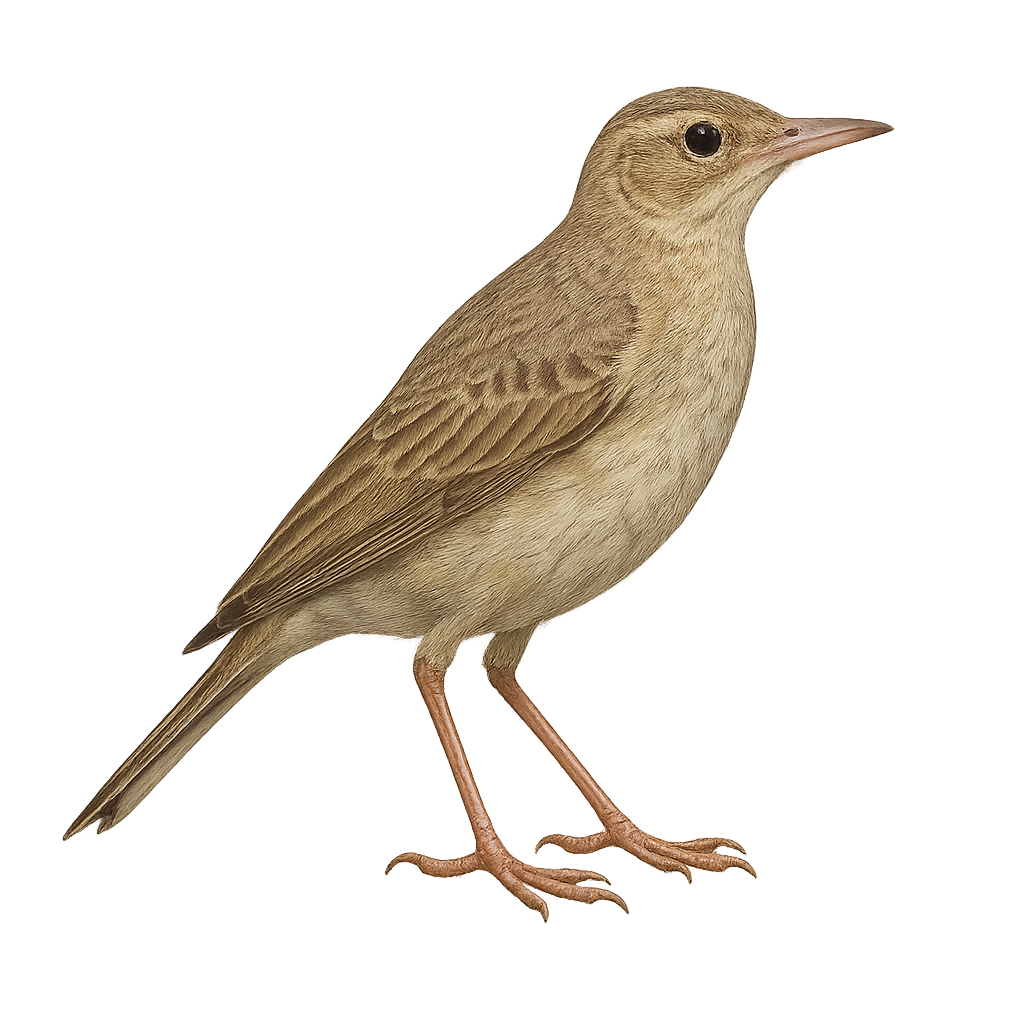Your wildlife photography guide.
Explore the tawny pipit in detail, study its behavior, prepare your shots.
Where to observe and photograph the tawny pipit in the wild
Learn where and when to spot the tawny pipit in the wild, how to identify the species based on distinctive features, and what natural environments it inhabits. The WildlifePhotographer app offers tailored photography tips that reflect the tawny pipit’s behavior, helping you capture better wildlife images. Explore the full species profile for key information including description, habitat, active periods, and approach techniques.
Tawny pipit
Scientific name: Anthus campestris

IUCN Status: Least Concern
Family: MOTACILLIDAE
Group: Birds
Sensitivity to human approach: Very shy
Minimum approach distance: 20 m
Courtship display: April to June
Incubation: 12-14 jours
Hatchings: May to July
Habitat:
Steppes, moors and garrigue
Activity period :
Primarily active during the day, with peak activity in the morning and late afternoon.
Identification and description:
The tawny pipit is a small passerine of 16–17 cm with finely streaked sandy plumage and a pale breast. It inhabits open steppe, dry fallow land and garrigue, feeding mainly on insects and seeds picked from the ground. During breeding, males perform singing flights and sing from low perches to attract females and defend their territory.
Recommended lens:
500 mm – adjust based on distance, desired framing (portrait or habitat), and approach conditions.
Photography tips:
Lie low on the ground to capture its ground-foraging behavior and singing flights, using low angles to isolate it against the sky and a shallow depth of field.
The WildlifePhotographer App is coming soon!
Be the first to explore the best nature spots, track rutting seasons, log your observations, and observe more wildlife.
Already 1 449 wildlife lovers subscribed worldwide

